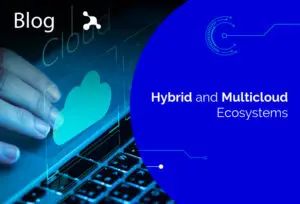In the digital age, speed and efficiency are essential for delivering quality customer service.
AI-powered chatbots have become a crucial tool for many companies looking to enhance the user experience and optimise their operations. In this blog, we will explore the impact of chatbots on customer service and how they are transforming the way businesses interact with their customers.
Improving Efficiency
Immediate Response
One of the greatest benefits of chatbots is their ability to provide immediate responses. Unlike human agents, chatbots can operate 24/7 without needing a break. This ensures that customers receive assistance at any time, significantly improving response times and reducing wait times.
Automation of Repetitive Tasks
Chatbots are particularly effective in automating repetitive and routine tasks, such as answering frequently asked questions, processing orders, and handling basic inquiries. This not only frees up human agents to focus on more complex issues but also reduces operational costs by decreasing the workload of customer service staff.
Managing High Volumes of Inquiries
During periods of high demand, such as promotions or product launches, chatbots can handle a large volume of inquiries simultaneously. This prevents customer service lines from becoming overwhelmed and ensures that all customers receive timely responses, maintaining a high level of service even during peak times.
Enhancing Customer Satisfaction
Personalised Experience
AI-powered chatbots can personalise interactions with each customer. By analysing historical data and user behaviour, chatbots can offer recommendations and solutions tailored to the individual needs of each customer. This personalisation improves customer satisfaction, as they receive more relevant and useful responses.
Multiplatform Interaction
Chatbots can be integrated into multiple platforms, from websites and mobile apps to social media and messaging apps like WhatsApp and Facebook Messenger. This multichannel capability allows customers to interact with the company through their preferred channel, providing a more convenient and accessible experience.
Reducing Human Error
Being software programmes, chatbots eliminate the risk of human error in customer service. This ensures consistency in responses and greater accuracy in the information provided, which is crucial for maintaining customer trust and satisfaction.
Implementing Chatbots in Businesses
Integration with CRM
To maximise the potential of chatbots, it is important that they are integrated with the company’s customer relationship management (CRM) system. This allows chatbots to access customer information in real time, improving the personalisation and efficiency of responses.
Training and Continuous Improvement
While chatbots are highly effective, it is crucial that companies continuously monitor and update their capabilities. Analysing interactions and customer feedback helps identify areas for improvement and trains chatbots to handle new and complex situations more effectively.
Complement, Not Substitute
It is important to remember that chatbots should complement, not replace, human customer service. While chatbots can handle basic and repetitive tasks, human agents are essential for resolving complex issues and providing a personal touch in delicate situations.
AI-powered chatbots are revolutionising customer service, improving both operational efficiency and customer satisfaction. Their ability to provide immediate responses, personalise interactions, and operate across multiple channels makes them an invaluable tool for modern businesses. By integrating chatbots into their customer service strategies, companies can offer a smoother and more satisfying experience, ensuring that customers receive the support they need when they need it.




